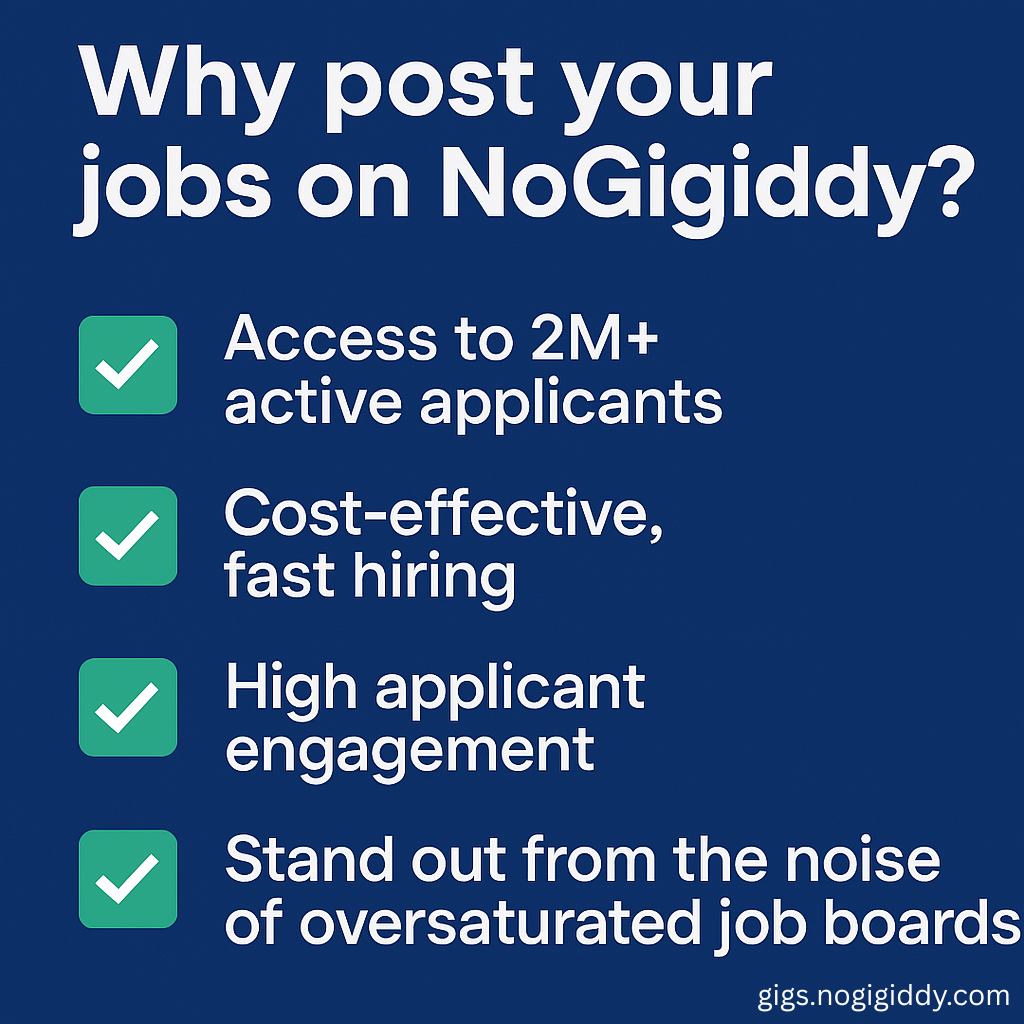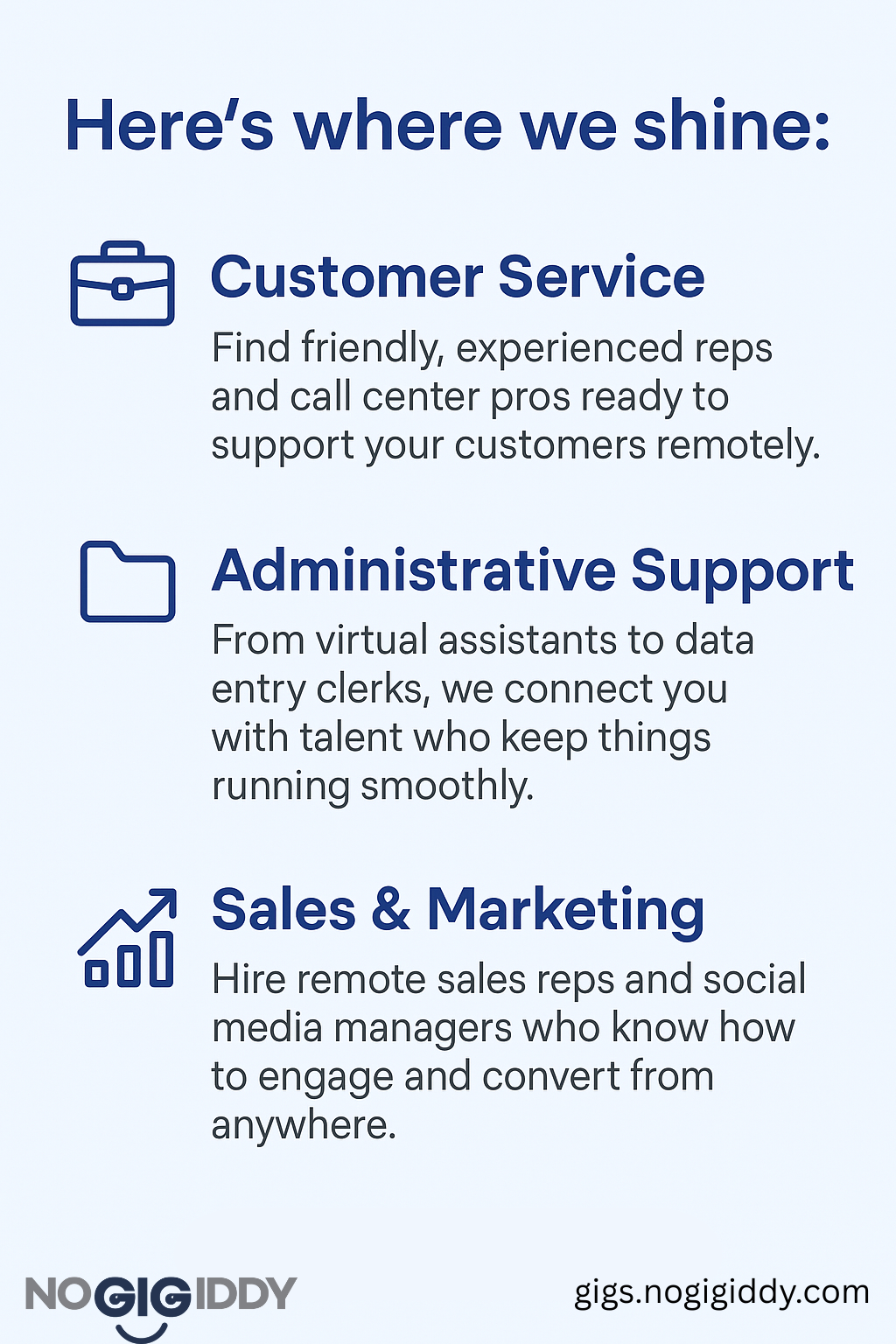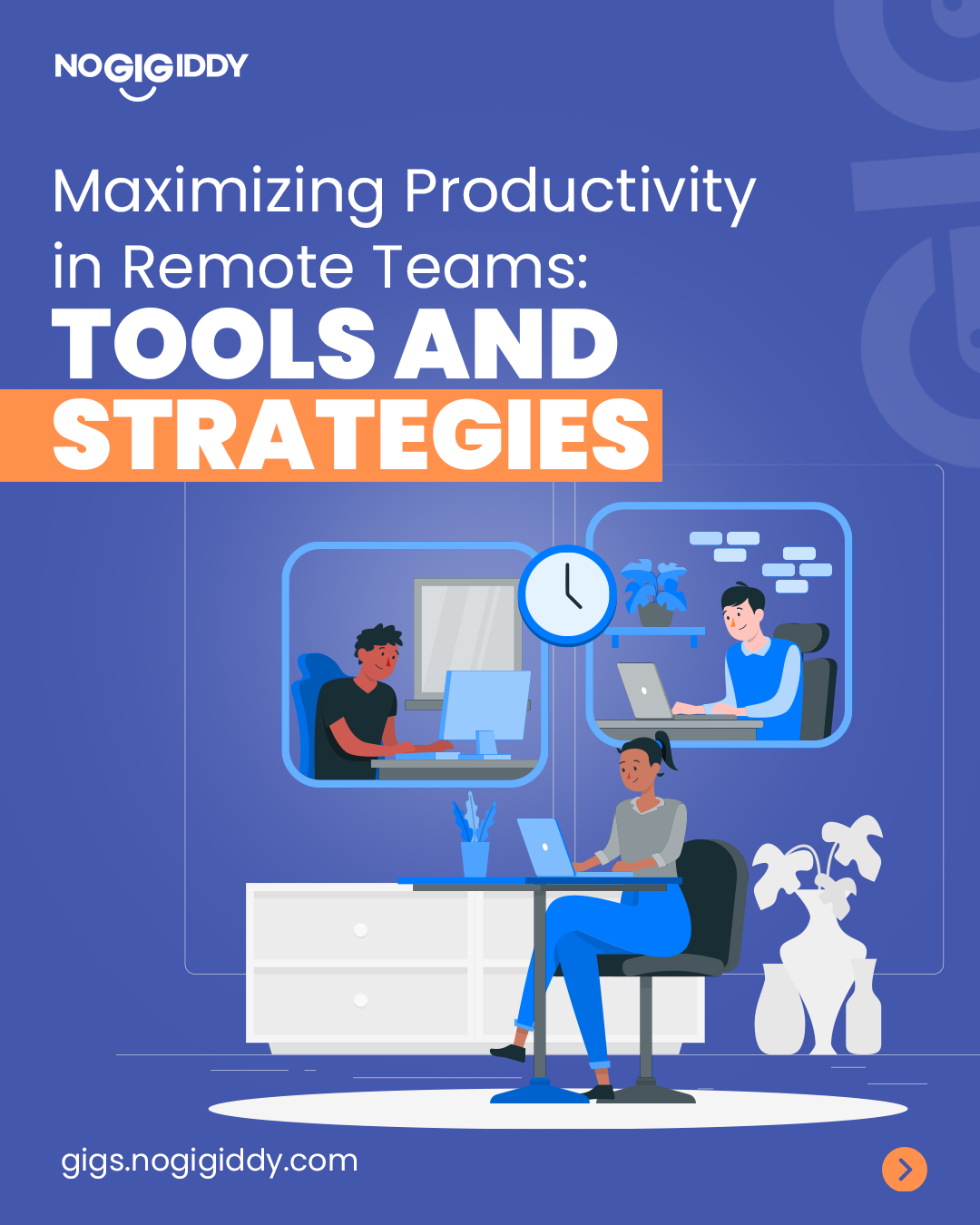Estimated reading time: 5 minutes
If you’re a business owner thinking, “I know I need help, but how do I hire and manage remote employees effectively?” — you’re not alone. More and more growing companies are turning to remote talent to stay lean, agile, and competitive. Whether you’re considering your first remote hire or looking to expand your virtual team, knowing how to manage remote employees the right way is key to your success.
We understand that hiring your first (or fifth) remote employee can feel overwhelming. You may be worried about communication breakdowns, time zone challenges, or simply how to keep your new team aligned and productive. This guide is designed to speak directly to those concerns and give you the strategies, tools, and confidence to manage your remote team with ease.
In this blog, you’ll learn:
- Why remote teams make sense for small businesses
- The best strategies to manage remote employees
- The top productivity and collaboration apps remote teams love

Why Hiring Remote Makes Sense for Growing Businesses
Remote teams offer undeniable benefits:
- Lower overhead costs (no office space or utilities)
- Access to a wider talent pool
- Flexibility to scale up or down as needed
At NoGigiddy, we’ve embraced remote work across customer service, sales, marketing, and administrative support. It’s allowed us to stay agile, move faster, and attract the best people—no matter where they live.
If you’re starting your hiring journey, read our detailed post on how to hire and write remote job descriptions.

Key Strategies to Manage Remote Employees Successfully
1. Set Clear Expectations Early Define job responsibilities, working hours, KPIs, and communication guidelines from day one. Clarity prevents confusion.
2. Communicate Regularly Schedule consistent check-ins via video calls. Remote workers need face-to-face time to stay engaged and feel connected.
3. Create a Digital Collaboration Hub Use project management tools to keep tasks organized and visible to everyone.
4. Prioritize Company Culture Even remotely, culture matters. Celebrate wins, host virtual team events, and make time for informal chat spaces.
5. Offer Feedback Frequently Provide positive reinforcement and constructive feedback regularly so employees feel supported and know where they stand.
For a detailed checklist to onboard your first remote team member, check out our remote onboarding guide.

Must-Have Productivity Apps for Managing Remote Teams
Here are some of the tools we (and many successful remote teams) recommend:
Project & Task Management
- Asana: Great for task tracking and project timelines
- Trello: Visual boards perfect for smaller teams
- ClickUp: All-in-one project and goal management
Communication
- Slack: Instant messaging and team channels
- Zoom: Video conferencing for team meetings
- Google Meet: Reliable video calls within Google Workspace
Document Collaboration
- Google Workspace (Docs, Sheets, Drive): Real-time document collaboration
- Notion: Notes, databases, wikis, and collaboration all in one
Time Management
- Toggl Track: Simple time tracking for freelancers and teams
- Clockify: Free time tracking and reporting tool
Implementing even a few of these tools can dramatically improve your team's communication and workflow.

Ready to Build Your Dream Remote Team?
You don’t have to figure it all out yourself. At NoGigiddy, we’ve built a growing, thriving business using remote talent—and we’ve helped countless small businesses do the same.
If you’re ready to take the next step:
👉 Post your first remote job for FREE on the NoGigiddy Job Board
Building your dream remote team starts with one smart hire. Let us help you scale with confidence.